

Weeding has always been the starting point of many questions. How can undesired growth be removed without polluting the Earth and our environment?
Can we weed naturally and efficiently, without using noxious herbicides that would seep into our plants and our bodies?
There are a great many ways today to succeed without using chemical products at all!
→ Also interesting: crowd weeds out with ground cover plants!
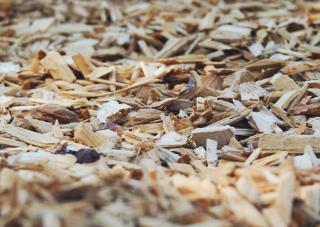 The new trend of mulching, with its many colors and materials to choose from, adds a touch of aesthetics to the garden while dealing with the undesired weed problem.
The new trend of mulching, with its many colors and materials to choose from, adds a touch of aesthetics to the garden while dealing with the undesired weed problem.
Mulch can stem from a plant-based source like pine bark, flax, hemp, poplar bark and cocoa hulls, or it can come from mineral materials, like pozzolana, shale, slate or crushed shingle shards.
→ Read also: our report on mulch.
Even though it is gas-powered, we can still consider thermal weeding to be much cleaner than using chemical herbicides.
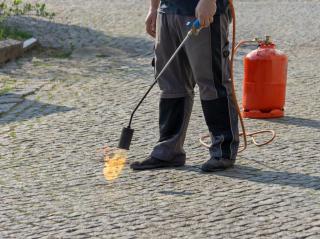 When you heat the superficial air-born parts of weeds, it usually kills the plant. The weed is browsed with the flame, which creates a fatal thermal shock.
When you heat the superficial air-born parts of weeds, it usually kills the plant. The weed is browsed with the flame, which creates a fatal thermal shock.
This system is one of the most recent developments in manual weeding and should have a golden age ahead since its advantages are many.
Geotextile films are an effective way of dealing with the proliferation of weeds.
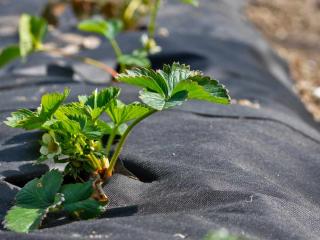 Widely used by municipalities to create shrub and plant beds, weed control fabric can be environmentally friendly if materials used are biodegradable such as coconut fiber or burlap cloth. It’s convenient and durable. Less so than plastic sheeting, but at least you’re feeding the soil, not killing it.
Widely used by municipalities to create shrub and plant beds, weed control fabric can be environmentally friendly if materials used are biodegradable such as coconut fiber or burlap cloth. It’s convenient and durable. Less so than plastic sheeting, but at least you’re feeding the soil, not killing it.
All you need to do is to spread the fabric on the ground and make a hole in it where you wish to plant, and you’ll be fine for a few years.
.Although the price is a bit expensive at the beginning, it is very economical because it lasts for several years.
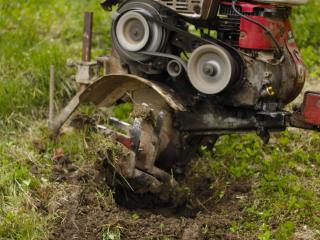 Rototillers, either electric or gas-powered, are an effective means to fight weeds.
Rototillers, either electric or gas-powered, are an effective means to fight weeds.
→ But not all of them! Don’t use it against either bindweed or quackgrass!
Even if a gas-powered engine isn’t so eco-friendly, it still helps avoid using chemical products.
So if you’re up to it and are a die-hard eco-warrior, go ahead and weed manually using a hoe.
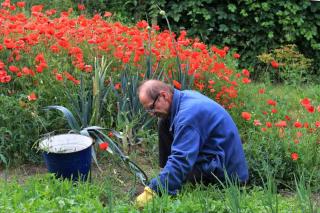 For larger areas, tools like a grelinette or a spading fork are a big help, too. This it certainly the best way to rid yourself of weeds without having any impact whatsoever on the environment!
For larger areas, tools like a grelinette or a spading fork are a big help, too. This it certainly the best way to rid yourself of weeds without having any impact whatsoever on the environment!